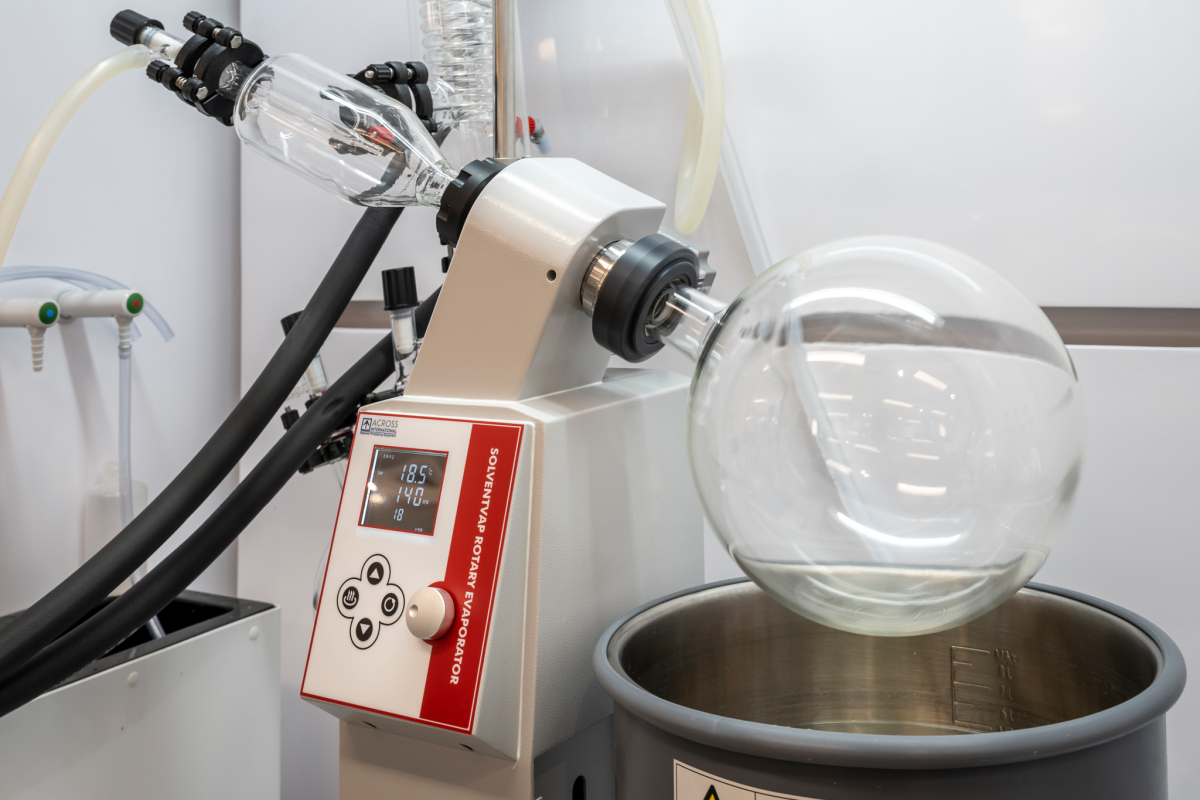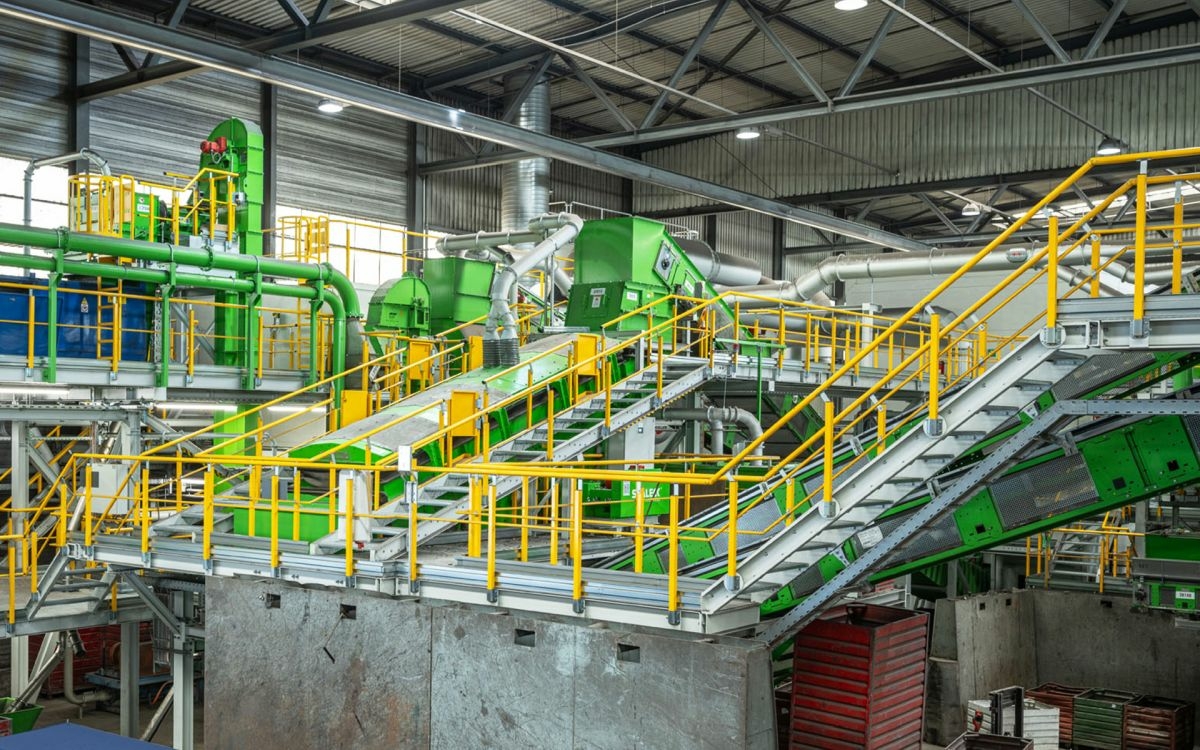Iondrive: Recycling critical raw materials is becoming a “must” – innovative technologies are needed
27.11.2025In 2022, around 10.7 million tons of electronic waste were generated in Europe. That is equivalent to around 20 kg per person. These figures come from a recent study by FutuRaM, an e-waste initiative founded by the EU. The problem: the millions of retired cell phones, laptops, servers, cables, household appliances, electric batteries, and other electrical products contain around one million tons of critical raw materials each year, according to the FutuRaM report. That is equivalent to the weight of 50 000 standard containers, each weighing 20 tons – enough to form a line from Paris to Zurich.
 © iondrive technologie / Iondrive
© iondrive technologie / Iondrive
Critical raw materials (CRM) are metals and minerals that are of high economic importance and pose a high supply risk. Examples include lithium, which is needed for batteries, as well as other metals and minerals such as platinum. They are essential for technology, renewable energies, and digital applications.
Rapid increase in e-waste expected
In the FutuRaM study published on International E-Waste Day on October 14, the authors predict that the total volume of e-waste in Europe could increase to up to 19 million tons by 2050. This would represent an increase of over 75 % compared to 2022. The amount of critical raw materials contained therein is expected to increase to between 1.2 and 1.9 million t/a by 2050. Currently, a large proportion of these resources remain unused, although Europe could recover between 0.9 and 1.5 million tons of CRMs annually by 2050, depending on political will, collection rates, and recycling efficiency.
Recycling yes, but environmentally friendly
“The recycling of critical raw materials will become enormously important in the future,” says Ebbe Dommisse, CEO of Iondrive. The Australian GreenTech start-up has developed an innovative single technology platform that enables the environmentally friendly and cost-effective recovery of critical minerals and rare metals from electronic waste and used batteries. Dommisse points to estimates that the electronic waste generated in 2022 contained recyclable metals and minerals worth around US$ 91 billion. However, only 22 % of this was recycled.
However, recycling critical raw materials from electronic waste only makes sense if the processes used do not themselves pose an environmental problem. CEO Dommisse sees this as a crucial point: “Unlike conventional recycling processes, which use toxic reagents, our solvents are low in toxicity, biodegradable, and reusable.” This is made possible by a special deep eutectic solvent (DES) technology that uses solvents created by mixing hydrogen bond donors and acceptors. According to Dommisse, the single technology platform can be used in various vertical recycling markets, such as end-of-life lithium-ion batteries, old circuit boards, solar panels, and magnets.
 © iondrive technologie / Iondrive
© iondrive technologie / Iondrive
Pilot projects in Australia, the USA, and Europe
Iondrive is a spin-off from the University of Adelaide and has an experienced team of scientists, researchers, and managers. Although the company is still in the research and development stage, it has already achieved important milestones. These include a grant of 3.9 million Australian dollars (AUD) from the Australian government for the construction of an integrated DES pilot plant in Australia, which is scheduled to go into operation in 2026. Iondrive has also expanded its presence internationally in both the US and Europe. In September 2025, the company signed a 21-month contract with Colt Recycling, a major American e-waste processor, to test its technology for recovering rare earths from electronic waste. In Europe, Iondrive has formed a consortium with the PEM Group at RWTH Aachen University through a German subsidiary, which is applying for EU funding of € 3.1 million. Among other things, the consortium aims to prove that recycled battery cells can perform as well as those made from new materials

